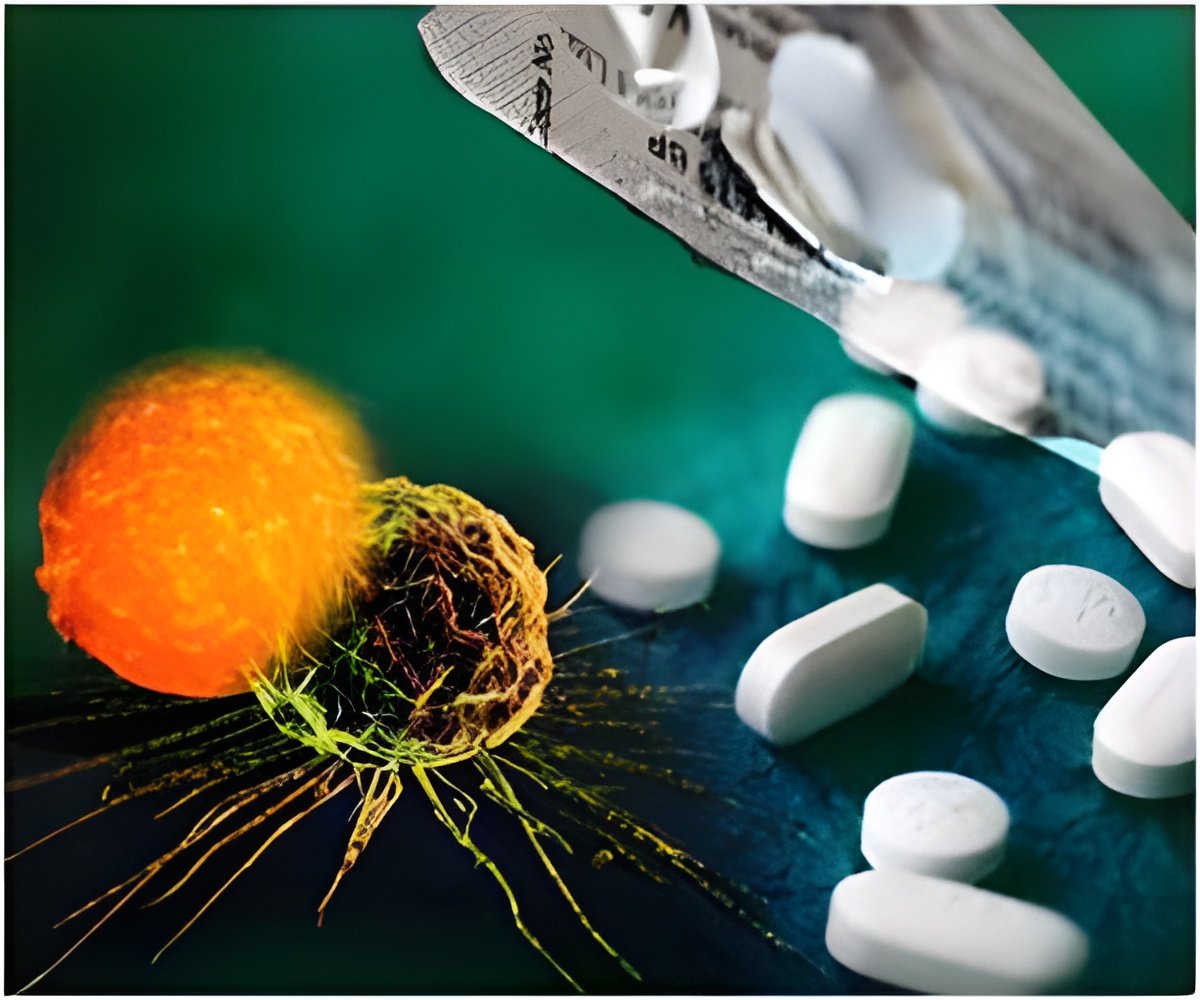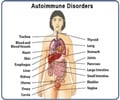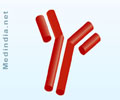An immune response that kills cancer cells and the one that conversely stimulates tumor growth can be as close as a double-edged sword , say researchers at the University of California.

The concept of naturally occurring "immunosurveillance" against malignancies is not new, and there is compelling evidence for it. But understanding this process is confounded by the fact that some types of immune reaction promote tumor development. Varki and colleagues looked specifically at a non-human sialic acid sugar molecule called Neu5Gc. Previous research has found that Neu5Gc accumulates in human tumors from dietary sources, despite an on-going antibody response against it.
The scientists deployed antibodies against Neu5Gc in a human-like mouse tumor model to determine whether and to what degree the antibodies altered tumor progression. They found that low antibody doses stimulated growth, but high doses inhibited it. The effect occurred over a "linear and remarkably narrow range," said Varki, generating an immune response curve or "inverse hormesis." Moreover, this curve could be shifted to the left or right simply by modifying the quality of the immune response.
Similar findings were made in experiments with two other mouse tumor models, and with a human tumor xenograft model using a monoclonal antibody currently in clinical use. The scientists concluded that the difference in intensity between an immune response stimulating tumors and one that kills them may be much less than previously imagined.
Varki said the results may have implications for all aspects of cancer science, from studying its causes to prevention and treatment. This is because the immune response can have multiple roles in the genesis of cancers, in altering the progress of established tumors and in anti-cancer therapies that use antibodies as drugs.
Source-Eurekalert















